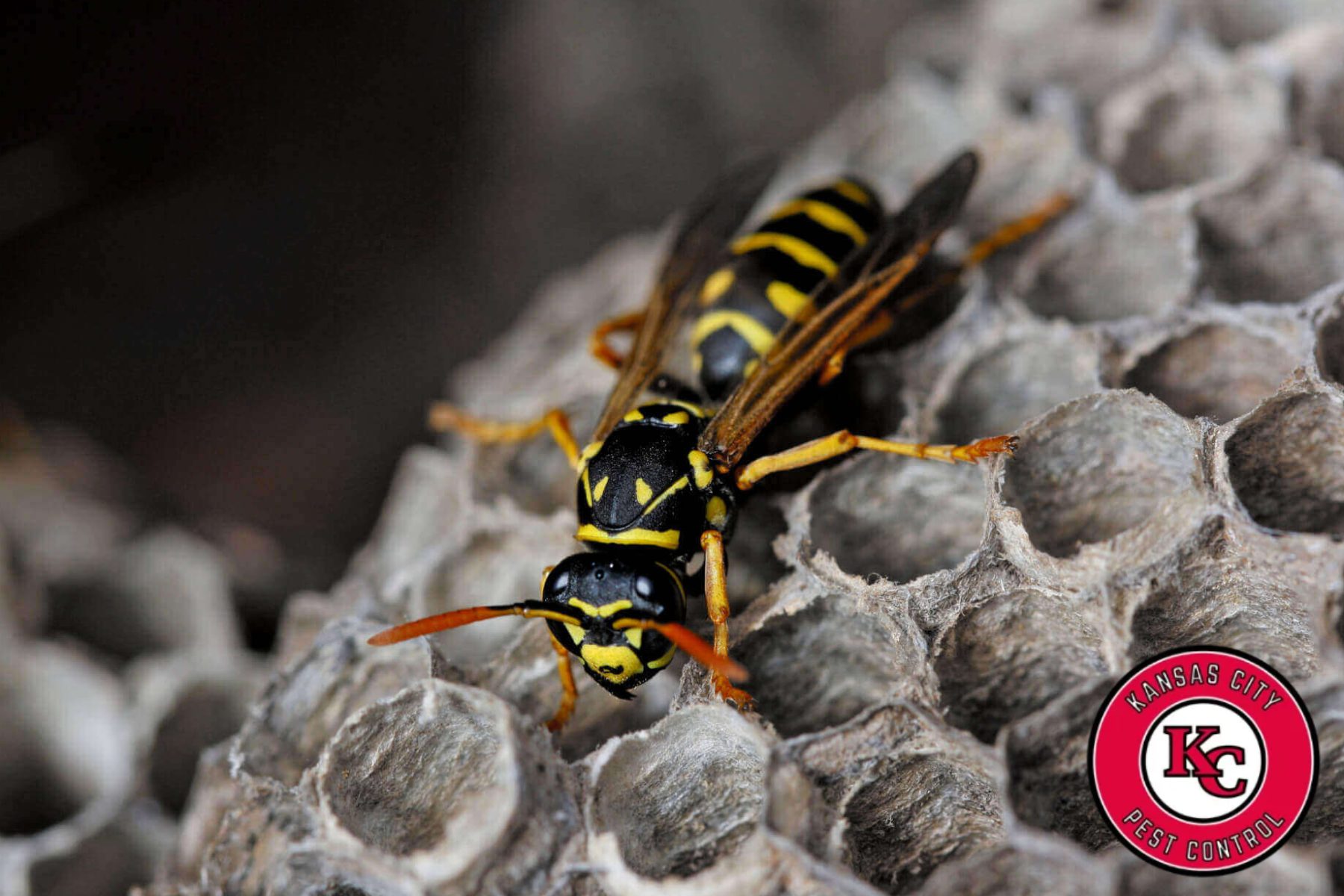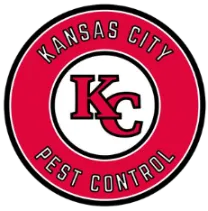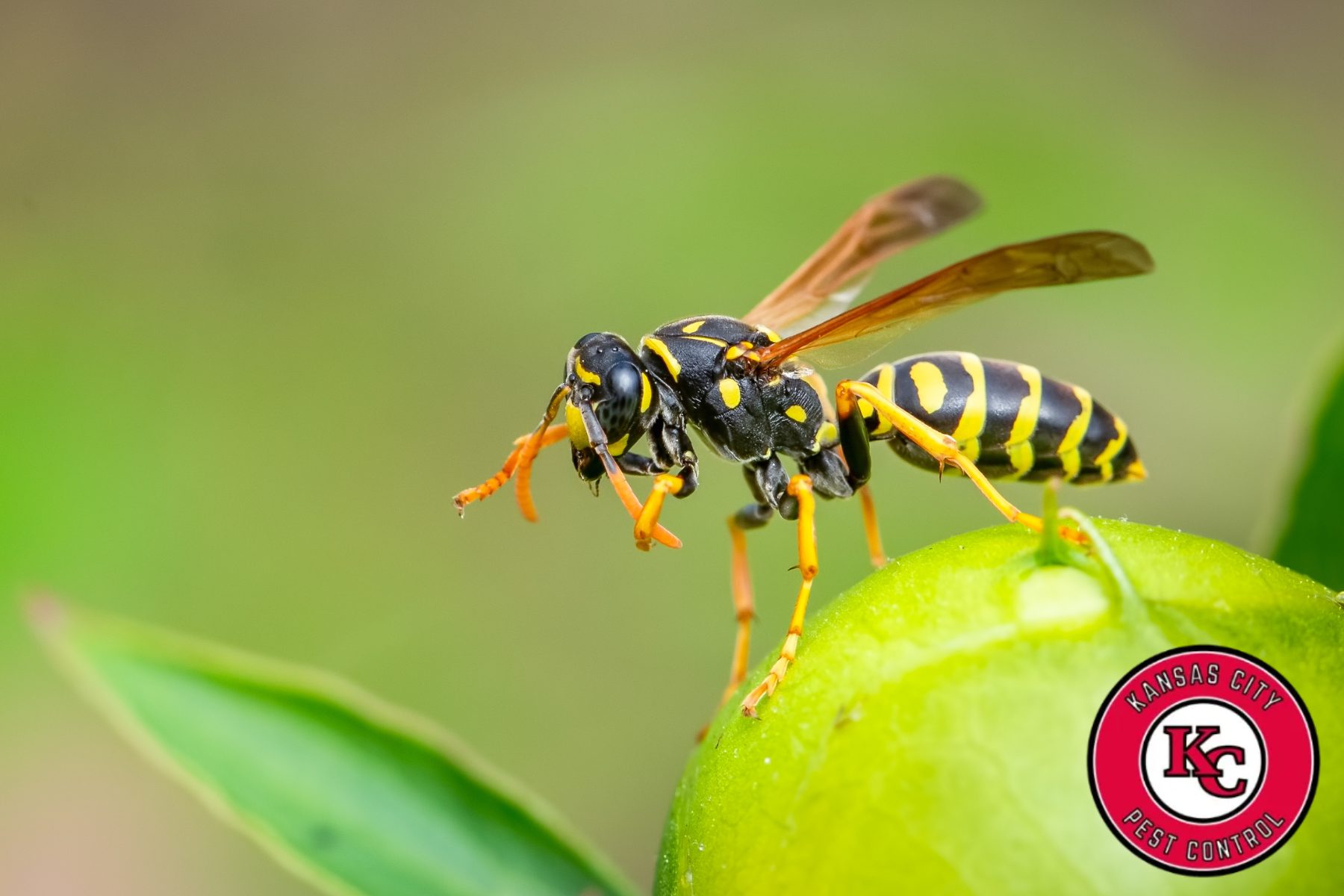Wasps can be some of the most aggressive and unwelcome visitors to your home or yard. Unlike bees, which typically only sting when provoked, wasps are territorial, capable of stinging multiple times, and can become dangerous if their nests are disturbed. Whether you’re dealing with a single intruder or a full-blown infestation, it’s important to understand how to kill wasps safely and effectively.
Why Wasps Are a Serious Problem
Wasps aren’t just a nuisance they pose real risks:
- Health risks: Wasp stings can cause pain, allergic reactions, and even anaphylaxis in sensitive individuals.
- Aggressive behavior: Wasps can become aggressive when they feel their nest is threatened.
- Property concerns: Some species, like paper wasps, build nests under eaves, inside walls, or in sheds, leading to structural damage if left unchecked.
If you’re seeing more wasps than usual, it’s a sign that a nest may be nearby and action is required.
Types of Wasps Commonly Found Near Homes
Understanding which type of wasp you’re dealing with helps determine the best removal method.
- Paper Wasps: Build umbrella-shaped nests under eaves or ledges.
- Yellowjackets: Often nest underground or in wall cavities; highly aggressive.
- Hornets: A type of large wasp, often found in trees or on structures.
Each of these has unique behaviors and requires a specific approach to control.
Step-by-Step: How to Kill Wasps Safely
Step 1: Identify the Wasp Species and Nest Location
Before taking action, observe from a distance to locate the nest. Do not approach or disturb the nest until you’re ready. Use binoculars or watch flight patterns to determine where the wasps are entering and exiting.
Step 2: Choose the Right Time
The best time to treat a wasp nest is early morning or late evening, when temperatures are cooler and wasps are less active. During these times, most wasps are inside the nest and moving slowly, reducing your risk of being stung.
Step 3: Use the Right Tools and Products
There are several proven tools and techniques you can use depending on your situation:
Aerosol Sprays
Commercial wasp sprays can be used from a distance (usually 15-20 feet). Spray directly into the nest’s entrance and then retreat immediately. Most sprays kill wasps on contact and contain residual agents to affect those returning later.
Wasp Dust
If the nest is in the ground or wall voids, insecticidal dust can be a better option. The dust is carried further into the nest by the wasps themselves, ensuring better penetration.
Wasp Traps
While traps won’t kill the entire colony, they help reduce wasp numbers. These can be useful around patios and entrances.
Physical Removal (With Caution)
Once you’re sure all wasps are dead, you can safely remove the nest using a long stick or pole and place it in a sealed plastic bag. Wear protective clothing and gloves.
Important: Never attempt to burn or flood a nest; this is unsafe and ineffective.
Step 4: Prevent Future Infestations
Prevention is just as important as removal. Here’s how to keep wasps from returning:
- Seal entry points: Caulk cracks in siding, soffits, and around vents or windows.
- Remove food sources: Keep garbage tightly sealed and clean up fallen fruit or sugary drink spills.
- Check frequently: Early spring is when queen wasps build new nests and check eaves and sheds often.
How to Kill a Wasp in Your House
If a wasp finds its way indoors, your goal is to remove it without risking a sting.
- Close off the room and keep pets and children out.
- Use a spray designed for indoor use or trap it with a glass and a piece of stiff paper, then release it outdoors.
- If it’s flying near windows, you can open the window and encourage it to fly out.
For more targeted advice, check this guide on how to kill a wasp in your house.
When to Call the Professionals
DIY solutions can work for small nests or individual wasps, but when the nest is large, in a difficult location (like inside walls or high up on a building), or if you’re allergic to stings, it’s time to call in the experts.
A professional pest control company can:
- Properly identify the species
- Use commercial-grade treatments
- Remove the nest safely
- Prevent future infestations
If you’re searching for wasp control near me, trained technicians can assess the situation and develop a custom treatment plan tailored to your home.
Residents in Liberty, MO: What You Should Know
Wasps are especially active in Liberty, MO, during spring and summer. Whether you’re near wooded areas or have extensive landscaping, wasps can be drawn to your property. If you’re dealing with frequent activity or multiple nests, ongoing pest control Liberty MO services may be necessary.
Seasonal inspections and treatments can keep your home protected year-round. Local professionals offering pest control Liberty can help identify vulnerabilities and recommend solutions.
What NOT to Do When Dealing With Wasps
- Do not swat at wasps: This can provoke them to sting.
- Do not climb on ladders without help: Many nests are found high up; losing your balance during an attack is dangerous.
- Do not ignore nests: They will grow rapidly over the season.

Final Thoughts
Knowing how to kill wasps safely involves preparation, timing, and the right tools. Wasps can pose real threats to health and safety, but with the right approach or professional assistance you can take control of the situation effectively.
Small, early-stage nests may be manageable with DIY methods, but for persistent or large infestations, don’t take unnecessary risks. Contact a pest control professional to evaluate and eliminate the problem quickly and safely.
About Kansas City Pest Control
At Kansas City Pest Control, we specialize in safe and effective removal of stinging insects like wasps throughout the Kansas City metro, including Liberty, MO. Whether you’re looking to remove an active nest or protect your home for the season, our team offers custom pest solutions backed by science and experience.

